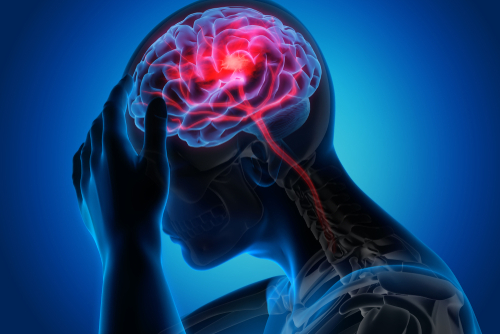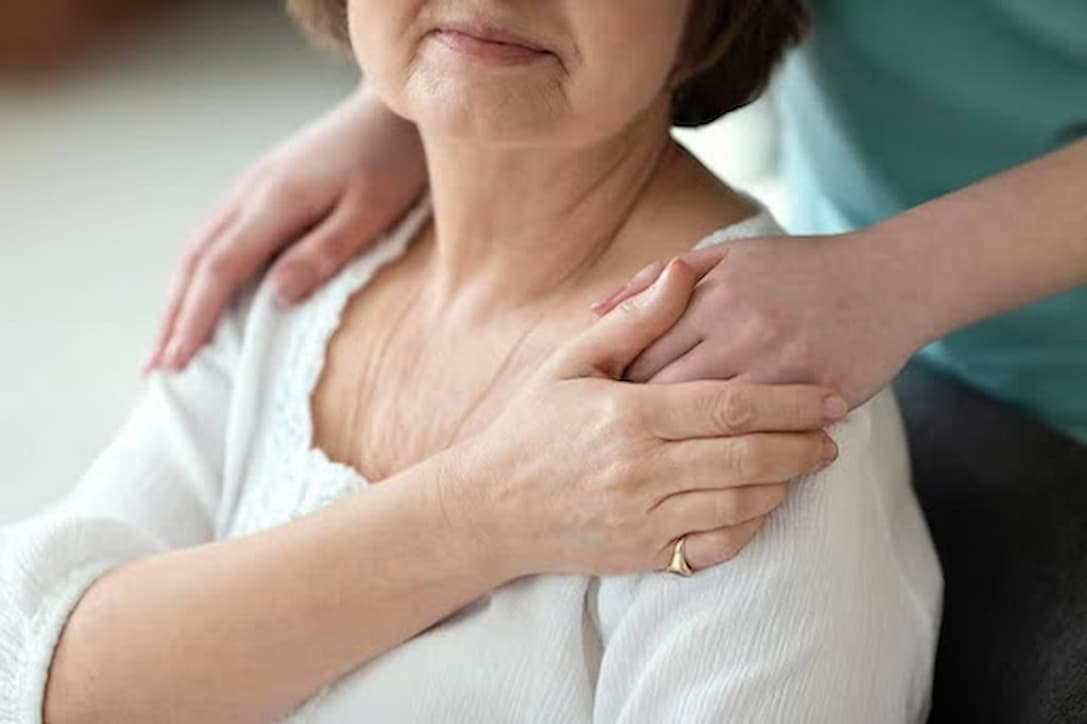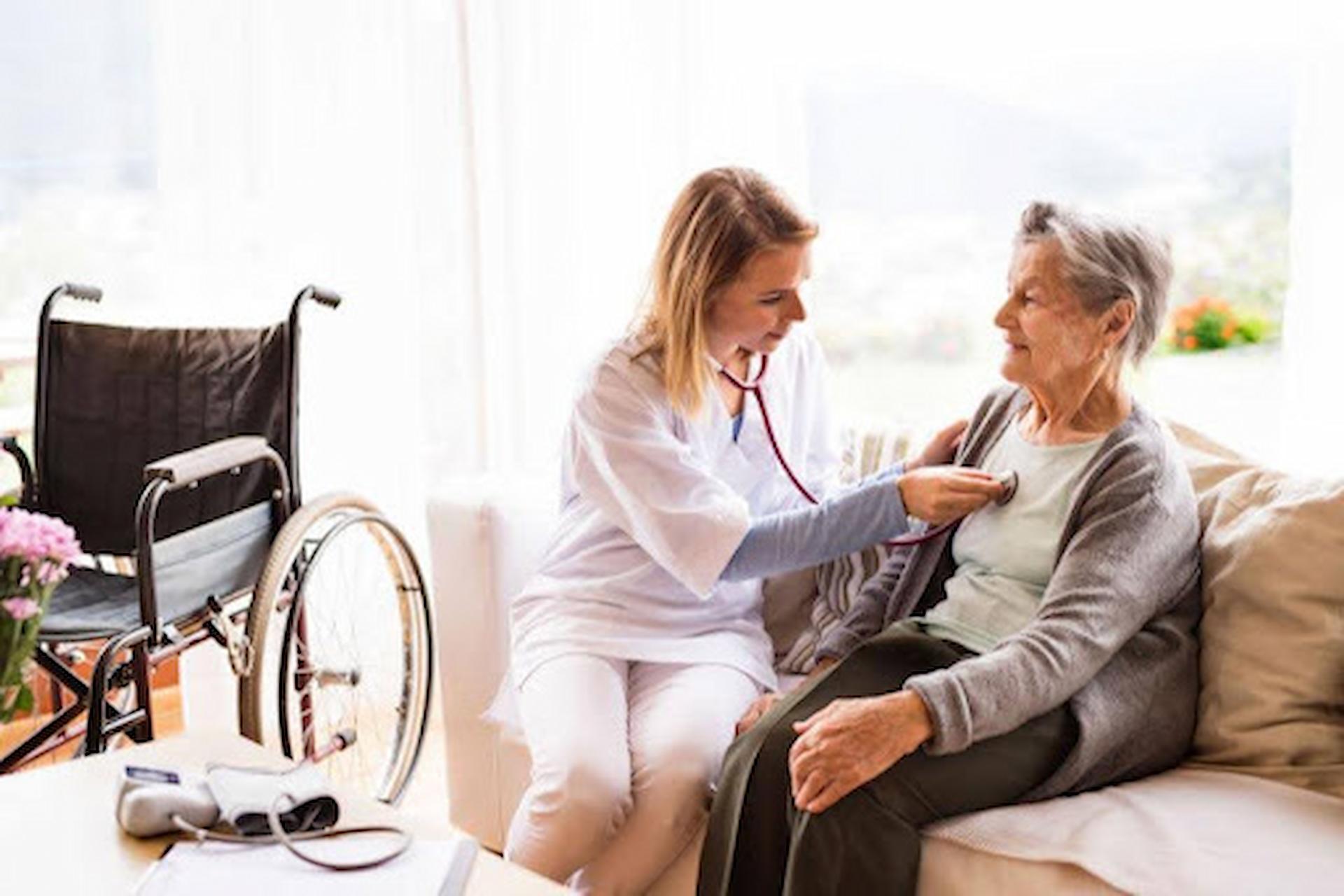Both internal and external bleeding is commonly referred to as Haemorrhage. It typically occurs inside and outside the body, where the blood vessel ruptures and becomes damaged. There can be minor Haemorrhages where the blood vessels near the skin surface are ruptured. Thus, it produces minor bruising or tiny red skin specks.
However, enormous uncontrollable Haemorrhages are likely to be life-threatening. And this is probably one of the leading causes of death across the world. You should know that haemorrhaging is not a condition in itself, as it always comes with an underlying cause. However, the most common reason for a haemorrhage is traumatic injury.
Today, this article will discuss the most common causes, symptoms, diagnosis, and treatment of Haemorrhage. Please keep reading until the end to learn more about it. Let’s get started. read also about : Cervical Clamp
Haemorrhage – What are the Most Common Causes of Bleeding?
You will probably know that the most common symptom of Haemorrhage is bleeding. However, a wide variety of conditions or incidents are very likely to cause bleeding. Here, we have listed some of the possible causes of bleeding:
Medical Conditions
There are a few typical medical conditions that might promote bleeding. However, bleeding caused due to a medical condition is less common than that traumatic bleeding. Some of the medical conditions that are likely to cause bleeding are:
- Leukaemia
- Haemophilia
- Menorrhagia
- Liver disease
- von Willebrand disease
- Thrombocytopenia
- Brain trauma
- Deficiency of Vitamin K
- Lung cancer
- Colon diverticulosis
- Acute bronchitis, etc.
Traumatic Bleeding
Any sort of severe injury is very likely to promote traumatic bleeding. Nevertheless, traumatic injuries vary according to their severity. Some of the most common types of traumatic injury include:
- Bruises or haematoma
- Scrapes or abrasions that don’t penetrate far under the skin
- Puncture wounds that are caused due to nails, needles, or knives
- Cuts or lacerations
- Wounds caused due to gunshot
- Crushing injuries, etc.
Medicines
You will come across certain treatments and medicines that can significantly increase your chances of bleeding. However, your healthcare provider will definitely warn you regarding this before they can prescribe you the therapy. Also, they’ll tell you the things you need to do if the bleeding occurs.
Some of the medications that are primarily responsible for bleeding include:
- Antibiotics which are used on a long-term basis
- Blood thinners
- Aspirin and other kinds of NSAIDs
- Radiation therapy, etc.
What are the Most Common Symptoms of Haemorrhage?
Even though it’s hard to ignore a wound outside the body, deep-seated internal bleeding can be overlooked very easily. And it only becomes noticeable when it begins to portray and cause life-threatening symptoms. Some of the most common symptoms of both moderate to severe internal bleeding include:
- Severe headache
- Dizziness or light-headedness
- General weakness
- Diarrhoea which often has a brown, dark, or black colour
- Joint and muscle aching, pain, and weakness
- Unexplainable exhaustion
- Memory loss, confusion, or disorientation
- Blood pressure which is significantly lower than normal
- Problematic or blurry vision
- Numbness
- Stringent chest pain
- Abdominal pain promoting nausea and vomiting
- Bruising around the haemorrhage site
- Blood in urine, etc.
Haemorrhage – Know When it’s a Sign of Emergency
If you ever experience severe Haemorrhage, it is important to seek immediate medical attention. And whenever you suspect internal bleeding, you should seek emergency help. Failing to do so can surely become life-threatening.
People diagnosed with bleeding disorders or those who take blood thinners must also seek emergency care. Only then will they be able to stop their bleeding. Listed here are a few circumstances when you need to seek medical help:
- When the bleeding cannot be controlled even by using pressure
- If the patient is running a high temperature or has completely gone into shock
- The reason behind bleeding is a serious injury
- If the underlying wound demands a tourniquet
- When non-extractable foreign objects are stuck inside the wound
- If the wound demands stitches to stop bleeding
- When the injury is caused due to a bite from either animal or human
- If the wound appears to be infected and has brown or whitish-yellow pus or is blood-red in colour, etc.
Whenever you seek emergency help, they will instruct you on what you should be doing. Also, to give you further assistance, they will arrive at your location at the earliest possible hour. Sometimes, the medical providers might also ask you to lay down the person to reduce the risk of fainting.
To Conclude
Besides minor cases, internal and external bleeding demands immediate medical attention. Besides, a small haemorrhage is also likely to become life-threatening. And for severe cases, internal bleeding might also cause death within 6 hours of hospitalisation.







